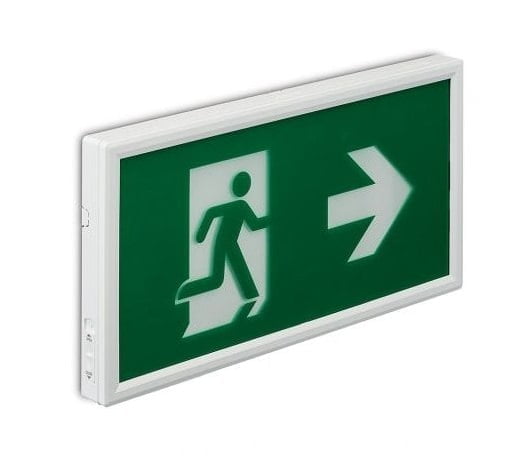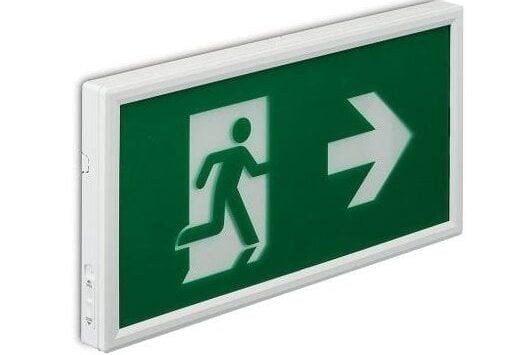Where Do You Need Emergency Lighting?
Emergency lighting is a critical component of any building’s safety plan. It is designed to provide illumination in the event of a power failure or other emergency situation. Knowing where to install emergency lighting and understanding its purpose can help ensure that your building is prepared for any potential emergency.
What Is Emergency Lighting?
Emergency lighting is a type of lighting system that is designed to provide illumination in the event of a power failure or other emergency situation. This type of lighting typically includes battery-powered lights that are activated when the main power supply fails. The lights are usually equipped with an automatic switch that turns them on when the power goes out, providing illumination until the power is restored or until another source of light can be found. Emergency lighting systems can also include exit signs, which help guide people out of a building in an emergency situation.
Why Is Emergency Lighting Important?
Emergency lighting is important for several reasons. First and foremost, it helps ensure that people can safely evacuate a building during an emergency situation. Without adequate lighting, people may become disoriented and unable to find their way out, putting them at risk of injury or worse. Additionally, emergency lighting helps prevent panic by providing visibility during an otherwise dark and chaotic situation. Finally, it helps ensure that firefighters and other first responders can easily locate exits and navigate through the building while responding to an emergency situation.
Where Should You Install Emergency Lighting?
When installing emergency lighting, it’s important to consider the layout and use of your building. Generally speaking, you should install emergency lights in all areas where people could be present during an emergency situation, including hallways, stairwells, exits, and common areas such as lobbies and meeting rooms. Additionally, you should install exit signs above all doors leading out of the building so that people can easily identify their way out in case of an evacuation.
Conclusion
Emergency lighting plays an important role in keeping buildings safe during emergencies by providing illumination and helping guide people out of danger quickly and safely. Knowing where to install this type of lighting and understanding its purpose can help ensure that your building is prepared for any potential emergency situation.
See our range of emergency lighting and exit signs here.




